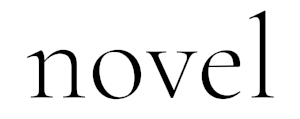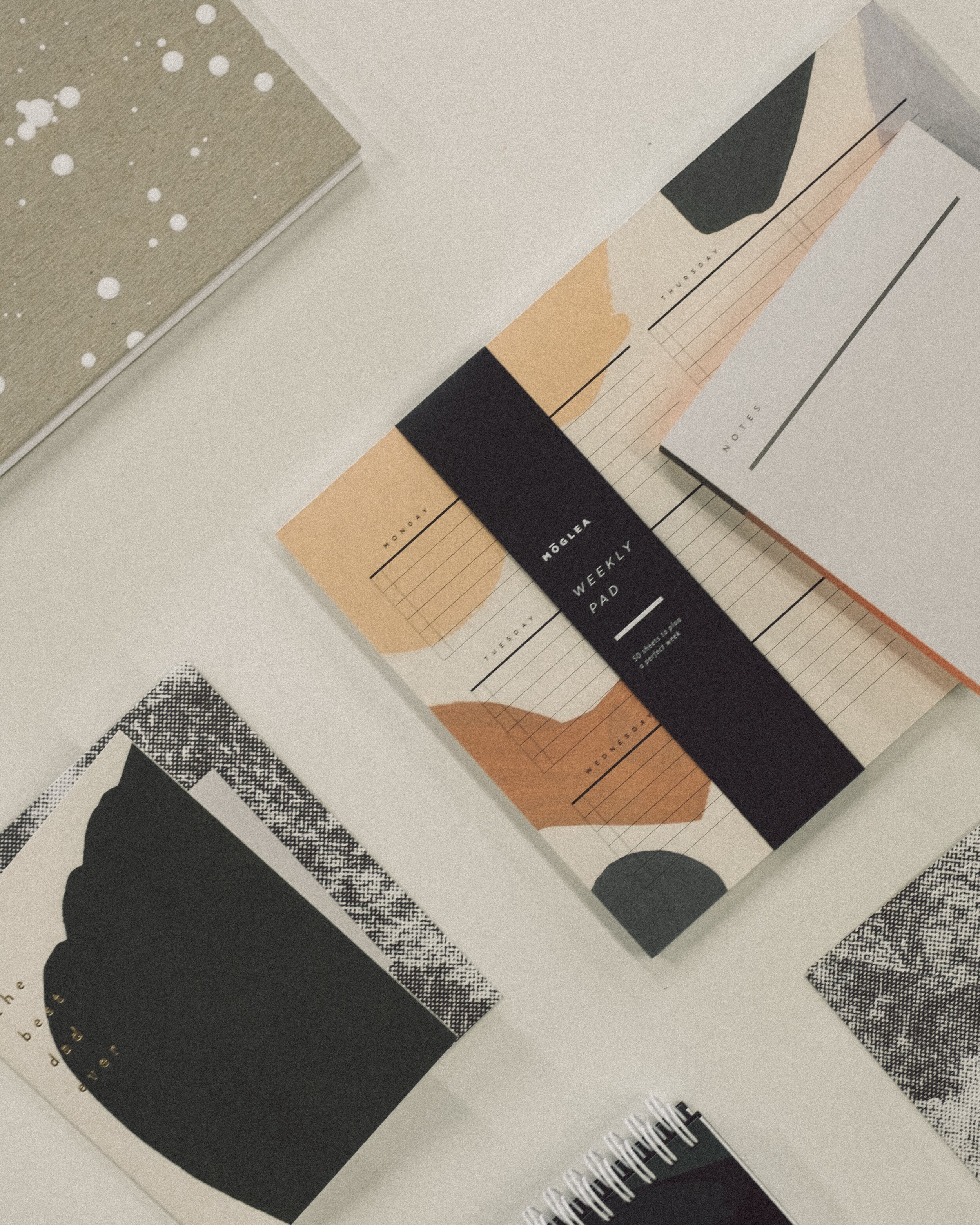My Five Love Languages in Business
Convincing people to buy stuff can be draining but building meaningful relationships with like-minded folks who happen to need your product or services can be life-giving. I used to sell advertising for one of our media publications, and the content didn’t really resonate with me. It was filled with party pictures and luxury items that weren’t my jam. As a result, I found myself in a convincing attitude versus a collaboration mindset every time I’d interact with potential customers.
It was hard to come up with creative ideas because I wasn’t personally passionate about their brands (or mine). When we launched a new publication that was all about creativity, inclusion, and sustainability, it was easy and inspiring for me to create natural collaborations with clients.
Here are the five pillars that have guided me in creating meaningful relationships with both our clients and our audiences.
Shared Values
For me, the foundation of a meaningful relationship is having shared values. If I don’t have shared values with my audience, I will likely feel disconnected and confused when interacting with them.
The first step is identifying what my values are. Once I know my values, I can come up with creative ways to communicate this to my audience on my website, social media channels, and packaging.
Here are some of the values of our parent organization:
+ Committed to working with good people. Collaborating with creative critical thinkers, passionate about doing great work, who are socially conscious, have a strong sense of responsibility and are committed to a drama-free culture.
+ Committed to meaningful human connections. Developing relationships with people who share our values, who care and who are committed to moving the world forward in terms of sustainability and equity.
+ Committed to having fun. Co-creating a fun environment for our team and clients, doing work that makes us smile and creating space for play and wonder.
+ Committed to being curious. Approaching our collaborations and work with curiosity and openness.
Integrity
When we break agreements, we break trust. This has been true in both my personal and business life. I’ve also found it to be really helpful to be clear what my agreements actually are. Once both parties are clear, it’s been easier for me to keep my agreements or renegotiate them. I don’t always do this perfectly — and I notice that when I break agreements or don’t have clear agreements, it leads to mistrust and drama.
When we had a retail business, we’d sometimes say that we’d be able to get the product to the customer within a couple of days in order to make the sale. But then the postal service would take longer than expected (this was 20 years ago before shipping was reliable!) and the trust with the client would be broken. I’ve noticed that the less I promise, the better. And clients have given me feedback that they appreciate when I’m really upfront and honest about timelines, work processes, and deliverables. I realize sometimes this might cost me some projects, but I much prefer over-delivering versus under-delivering.
Appreciation
Regardless of how physically safe we are, part of our survival mechanism is finding things that could be wrong. From a young age, we are hardwired to be critical of our surroundings, people and events. And as adults, we can spend a lot of time turning this criticism into gossiping and complaining about our clients, colleagues, loved ones and selves.
When I am being critical of others, I feel disconnected from them, and it is difficult for us to collaborate or innovate. The critical wiring of our brains is strong, so making appreciation a part of every interaction is one way to move from the survival part of the brain to the creative part. In my experience, expressing appreciation for my colleagues and clients takes me out of a critical mindset and increases collaboration, trust, and innovation.
Candor
I grew up in a Midwestern home where politeness sometimes trumped honesty. You didn’t, for example, tell your Aunt Judy her meatloaf was the most disgusting thing you’d ever eaten. My middle child position also drove a lot of patterns as a result of wanting to be liked in order to get attention. I’d help my teachers carry things, always say “Yes, ma’am” and sometimes reveal the truth so they’d like me and give me attention.
In business, sometimes there has been a client who wasn’t turning things in on time or a colleague who was breaking our agreements. Instead of revealing, I’d conceal because I thought I was keeping the peace. As I’ve explored using conscious communication tools more and more, I’ve noticed that the quality of my relationships has gone up exponentially. The relationships have more trust, openness, and creativity. Katie Hendricks calls this practice “revealing instead of concealing.”
Here’s some sample language that I’ve used in this space:
“I’d like to share something with you, and I’m wondering if you’re available. … I’m feeling frustrated and confused when you didn’t turn in the report from last week. I’m creating some stories about why, and I’m curious if you’d be willing to share with me what happened.”
“Something feels off since our meeting last week. I’m wondering if you have some insights.”
“I noticed last week when we set our next deadline that I had tension in my body. Are you available to reset that timeline?”
Ease + Joy
I grew up in a family that was committed to worrying. My parents worried about money, their careers and the safety of us kids. As a kid, I contributed by worrying about my grades, popularity and eventually boys. Even though I consider myself pretty fearless, in business I used to worry about everything: the team, our clients and — most of all — money. As a result, I wasn’t able to access the more expansive parts of my thinking. I was stuck in the survival parts of my brain, and honestly, I wasn’t having much fun.
The brands I enjoy the most have fun bringing ease and joy to their customers. Their online experience is easy to navigate. Their copy is playful and present. Their customer service team members have a great sense of humor. As an entrepreneur, I’m also looking for ways to build community and improve our customer journey in ways that bring more ease and joy to our customers. Experimenting with the love language of customers and finding ways to make them smile and connect authentically with our brand is one of the things I enjoy most. I mean life is short, let’s find new ways to make each other smile.
Elizabeth is a brand strategist, consultant, and business coach. She combines agile marketing frameworks with mindfulness and somatic exercises to inspire brands and leaders to grow.





